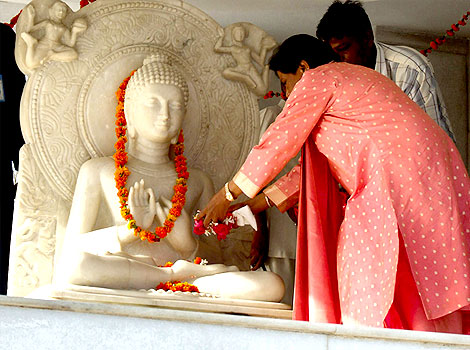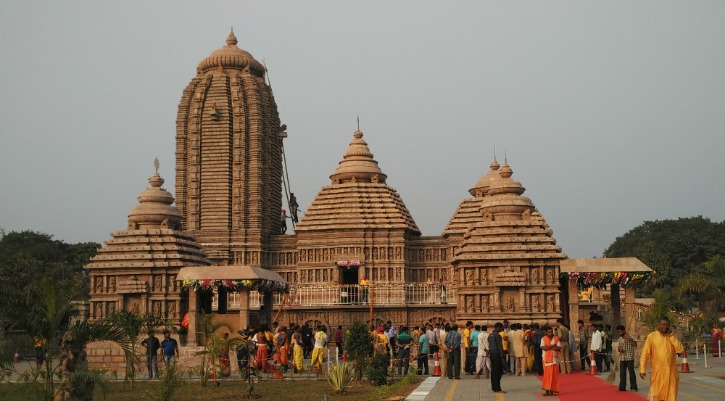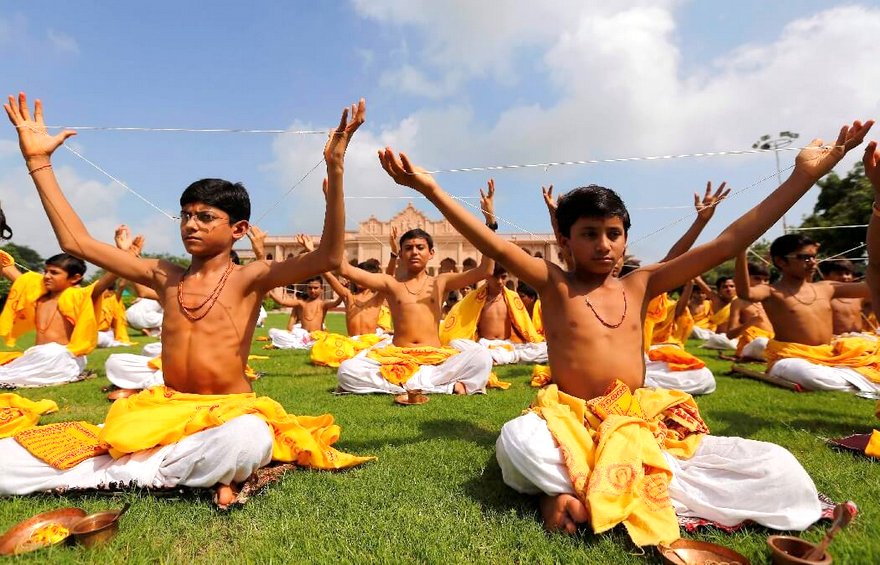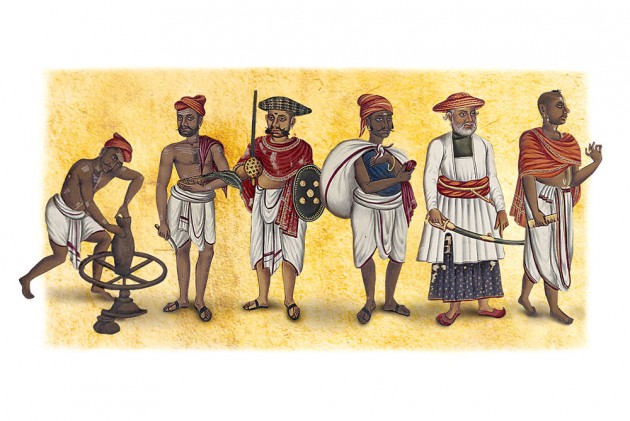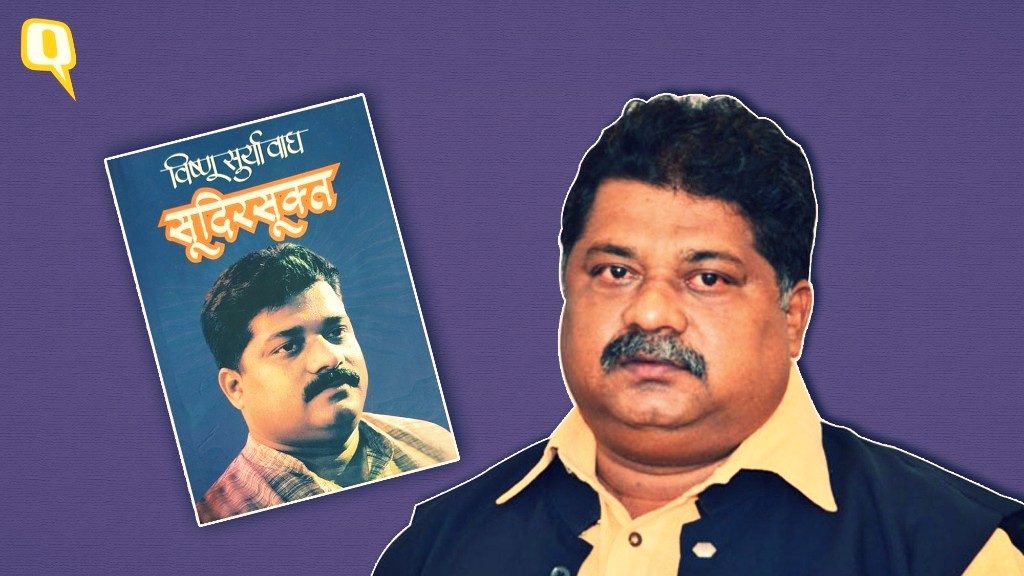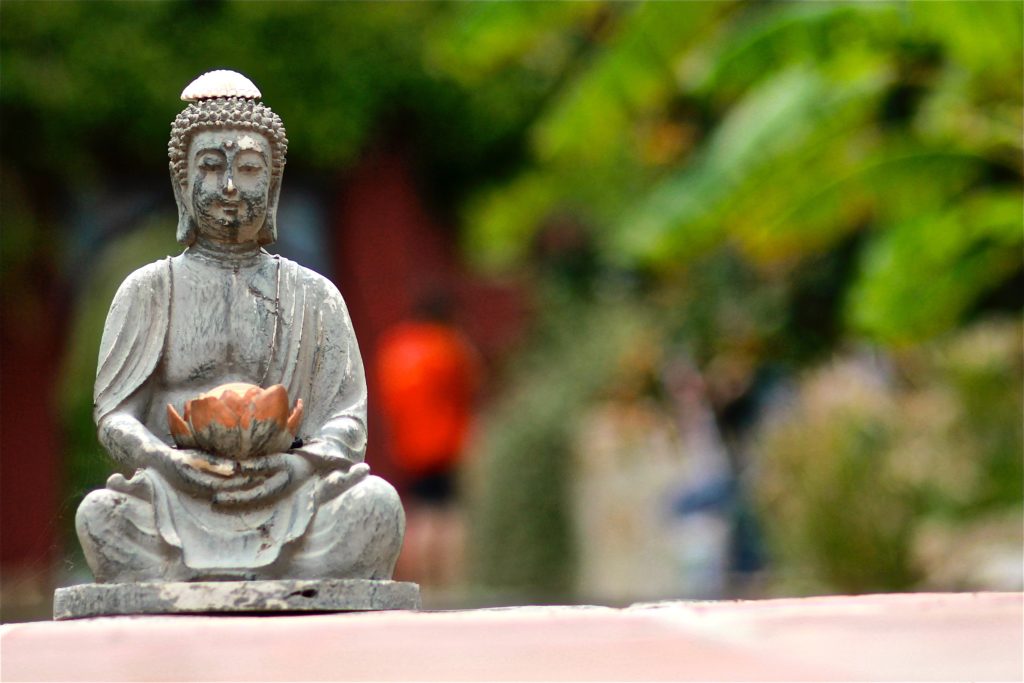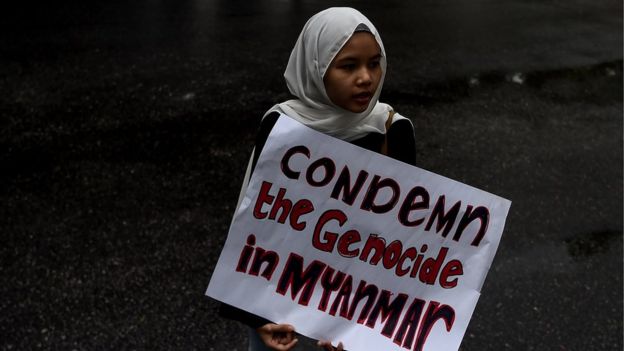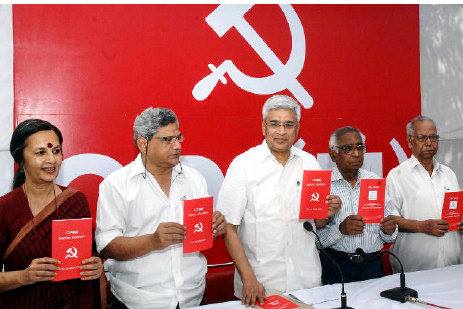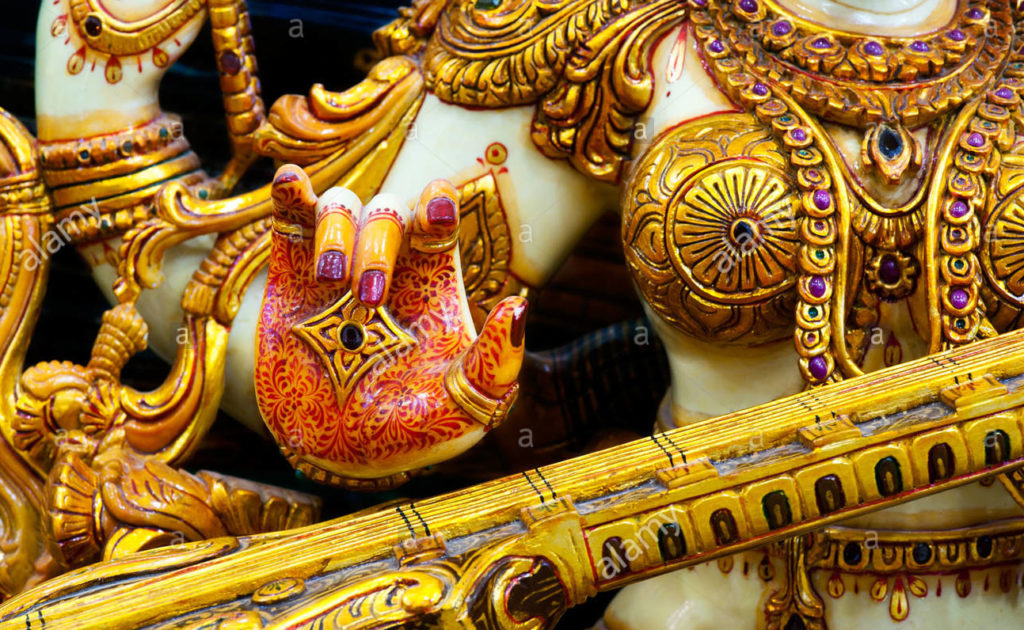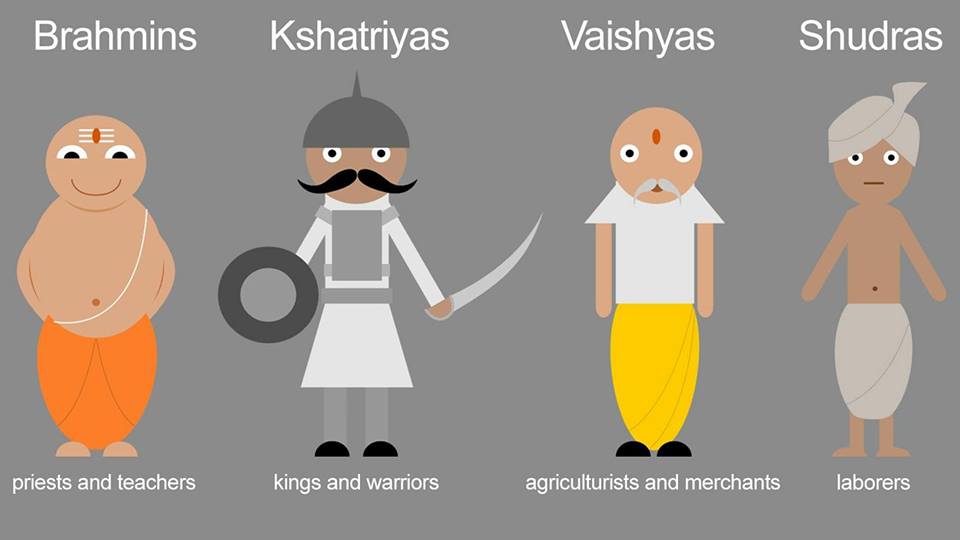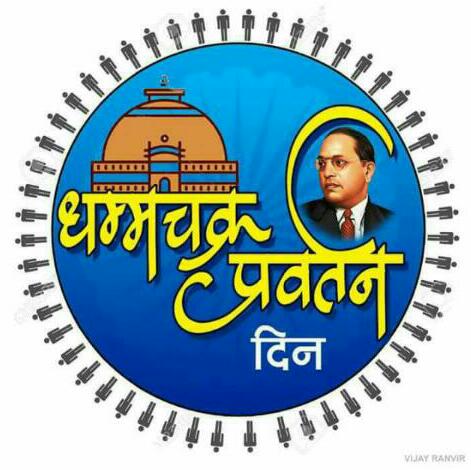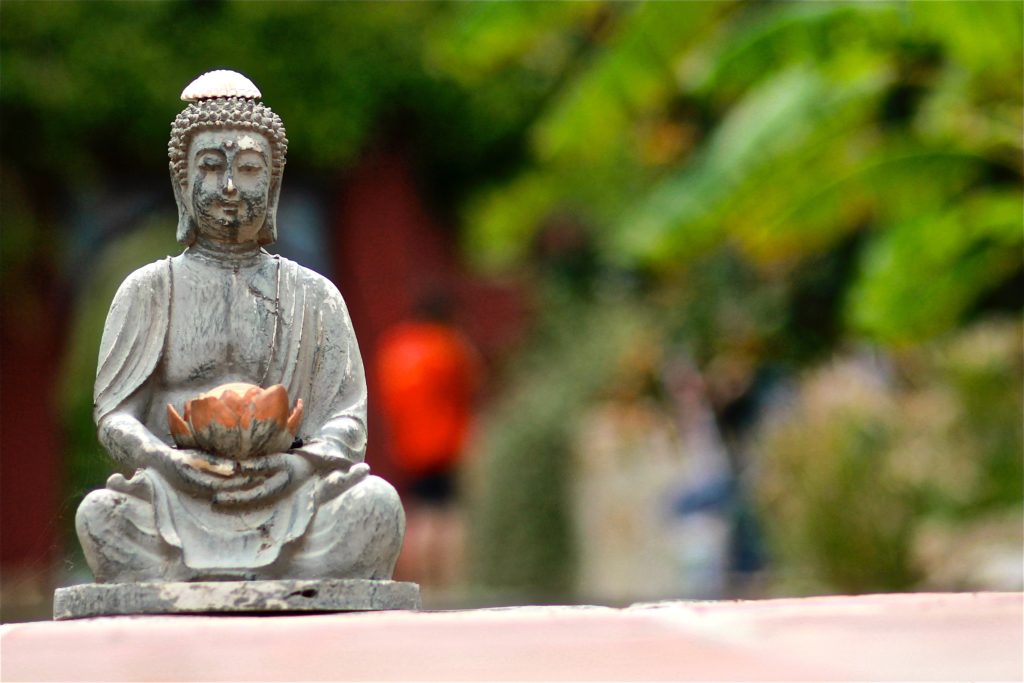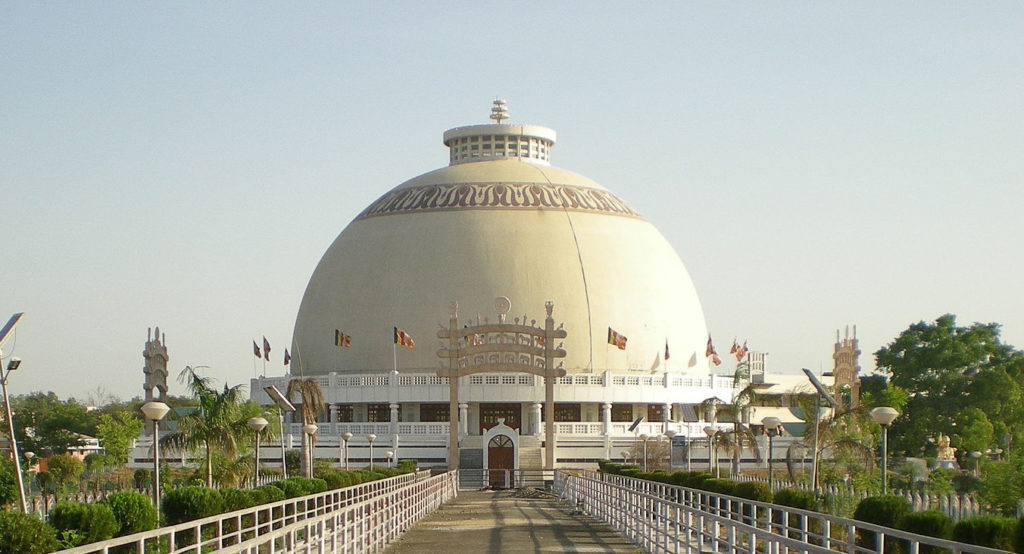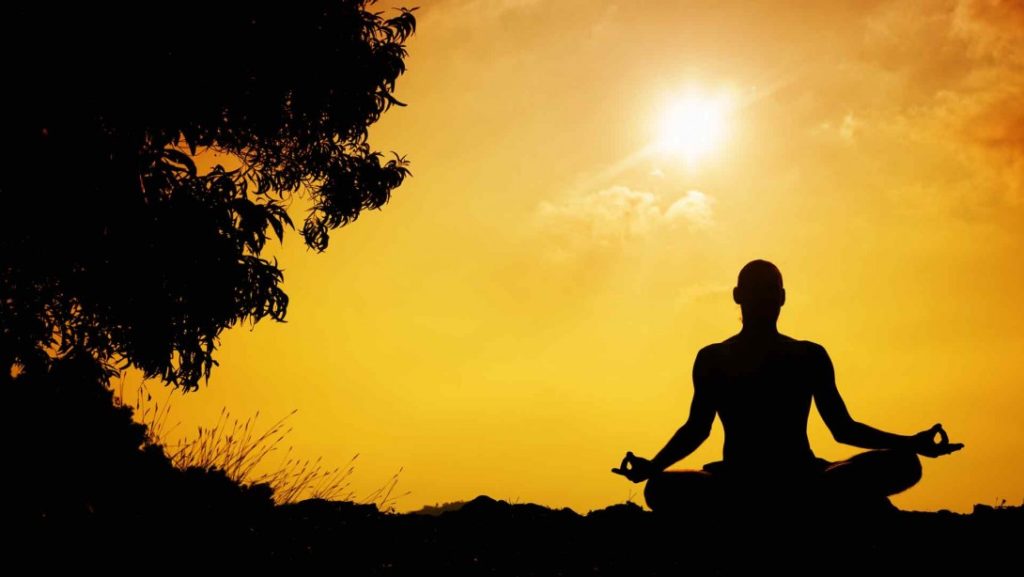- Home
- Buddhism and Social Revolution
Religion
CategoryBuddhism and Social Revolution
When Babasaheb Ambedkar embraced Buddhism publicly in 1956 in Nagpur, he planned to have conversion ceremonies throughout India: Agra, Chennai, and Mumbai were on the planning map. The conversion m…
Do Depressed Classes Desire Temple Entry? – What Dr. Babasaheb Ambedkar Said
N. B. :- Gandhi requested Dr. Ambedkar to lend his support to Dr. Subbarayan’s Temple entry Bill and that of Ranga Iyer-when both met on 4th Feb. 1934 at Yeravada Prison. Dr. Ambedkar declined in p…
Festivals in India and No Value of Human Lives
Festivals are important for human societies. They are the occasions to celebrate and most of them offer occasions to commune with other human beings. Indian society, particularly caste-ridden Hindu…
Politics of Reservation in Temples in Kerala and Temple Reforms
Travancore was a progressive princely state and Maharaja of Travancore was counted among one of the progressive Maharajas during the British Raj. The Travancore Temple Management Board has applied …
Theft in Caste System
When Prof. Kancha described Bania capitalism in India as social smuggling, the Banias in South threatened with violence and death threats. He had to undergo self-imposed house arrest. The word he u…
A Few Poems from “Sudirsukt – Hymns of a Shudra” – Book Which Brahmins Want to Ban
Let me share educationist and well-known translator Prof Augusto Pinto’s translations — from the e-pages of the Goa Book Club — of Sudirsukt, a collection of poems by the former legislator in the…
Buddhism, Human Rights, and Social Renewal
“Buddhism, Human Rights, and Social Renewal” is the title of a book written by Nalin Swaris. It is a short book, but perhaps more relevant for the students of Buddhism, Human Rights, and social mov…
What is the Buddhists’ Moral Responsibility at the Time of Rohingya Genocide?
Buddha was the first great reformer in the ancient society and Dr Babasaheb Ambedkar believed that Buddhism could be called as a revolution. A religious revolution that turned into social as well a…
Understanding Indian Communist Leadership – From ‘Why I am not a Hindu’ by Prof Kancha Ilaiah
Notionally the Communist leadership was trying to portray itself as an integral part of the masses and to stress that it was no different from the people. But in reality the Dalitbahujan masses and…
How do Hindu Gods & Goddesses Compare with Dalit-Bahujan’s Gods & Goddesses
How do Hindu Goddesses like Lakshmi, Saraswati, Parvati, Durga compare with Dalitbahujan’s Goddesses like Pochamma, Kattamaisamma, Polimeramma, Yellamma, Mankalamma, Mareamma ?
The cultural, eco…
Hinduism was Born out of the Philosophy of Inequality
Hinduism was born out of a philosophy that stated that God created human beings unequal. This thesis was propounded in the Rig Veda itself. In this process the country and the people who suffered m…
डाॅ. बाबासाहब अंबेडकर और धर्मांतरण
13 अक्तूबर 1935 को बाबासाहब अंबेडकर जी ने नाशिक जिला के येवला शहर में धर्मांतरण की घोषणा की।
बाबासाहब अंबेडकर यह धर्मांतरण न करे या अपने धर्म में आ जाए इसलिए कुछ व्यक्ति एवं कुछ धर्मों के लोग उन…
डाॅ. बाबासाहब अंबेडकर और धर्म-परिवर्तन की घोषणा
बाबासाहेब डॉ. अंबेडकर ने 13 अक्टूबर, 1935 में धर्म-परिवर्तन की सार्वजनिक घोषणा करते हुए कहा था – “दुर्भाग्य से मैं हिन्दू समाज के एक अछूत के रूप में पैदा हुआ हूँ। यह मेरे वश की बात नहीं थी; लेकिन ह…
Dhamma Chakra Pravartan Day – Some Reflections
Since I remember, I have been a regular visitor to Nagpur on the occasion of Babasaheb Ambedkar’s great conversion to Buddhism. Deekshabhoomi has been a great source of inspiration for millions and…
The Captive Mind and Freed Mind
The captive mind is an amazing piece of writing by a polish Nobel Laureate, Czesław Miłosz, published in 1953. Though it looks like an anti-communist book, it is clearly a method that he applies to…

